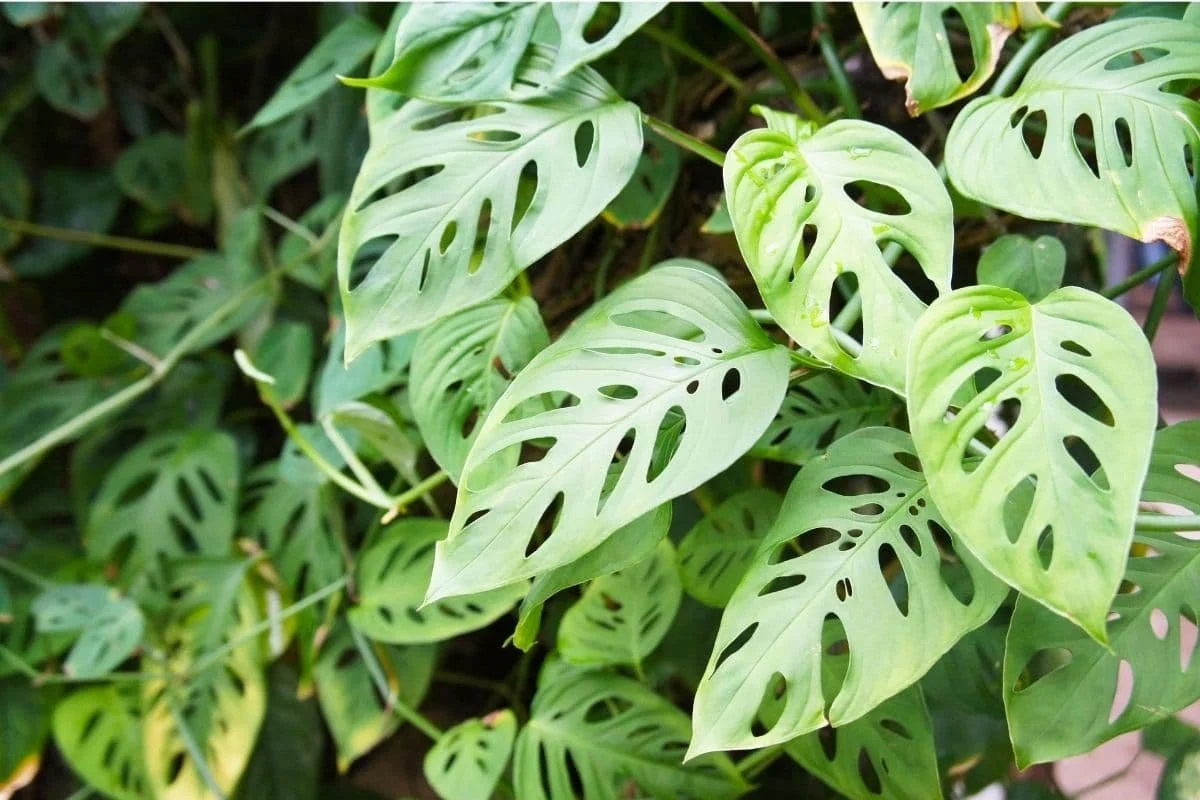Monstera Care Guide
The monstera plant (Monstera deliciosa) is a stunning indoor option, known for its large, glossy leaves with unique splits and holes. Its bold look and easy care make it perfect for beginners and seasoned plant lovers alike. With the right care routine, your monstera can thrive and add beauty to your space with minimal upkeep.
1. Placement
Thrives in bright, indirect light; can tolerate low light.
Avoid direct sunlight to prevent leaf burn.
Ideal for rooms with east or north-facing windows.
Provide good air circulation.
2. Watering
Keep soil evenly moist during growing season (spring and summer).
Allow top 1-2 inches of soil to dry out between waterings.
Reduce watering in fall and winter; let soil dry slightly more.
Use room temperature water to avoid shocking the plant.
3. Soil & Potting
Use well-draining potting mix with organic matter.
Mix of peat moss, perlite, and orchid bark is beneficial.
Ensure pot has drainage holes to prevent waterlogging.
Repot every 1-2 years in slightly larger pot as plant grows.
4. Pruning & Maintenance
Trim yellow or brown leaves and stems as needed.
Remove dead or damaged leaves promptly.
Support climbing vines with stakes or trellises.
Clean leaves with damp cloth to remove dust.
5. Fertilizing
Feed with balanced liquid fertilizer diluted to half strength every 4-6 weeks during growing season.
Use fertilizer specifically formulated for foliage plants.
Reduce fertilization in fall and winter when growth slows.
6. Propagation
Propagate from stem cuttings with aerial roots.
Place cuttings in water or moist potting mix until roots develop.
Transplant rooted cuttings into individual pots once established.
7. Troubleshooting
Yellow leaves: Often due to overwatering or underwatering.
Brown tips: Usually caused by dry air or fluoride in water.
Pests: Watch for spider mites and scale insects; treat with insecticidal soap if needed.
8. Seasonal Care
Increase humidity in dry winter months with a humidifier or pebble tray.
Maintain consistent temperatures above 60°F (16°C).
Rotate plant periodically to ensure even growth.
9. Repotting
Repot when roots outgrow current pot or soil becomes depleted.
Choose pot with drainage holes and fresh potting mix.
Gently loosen roots and place plant in new pot; water thoroughly after repotting.

